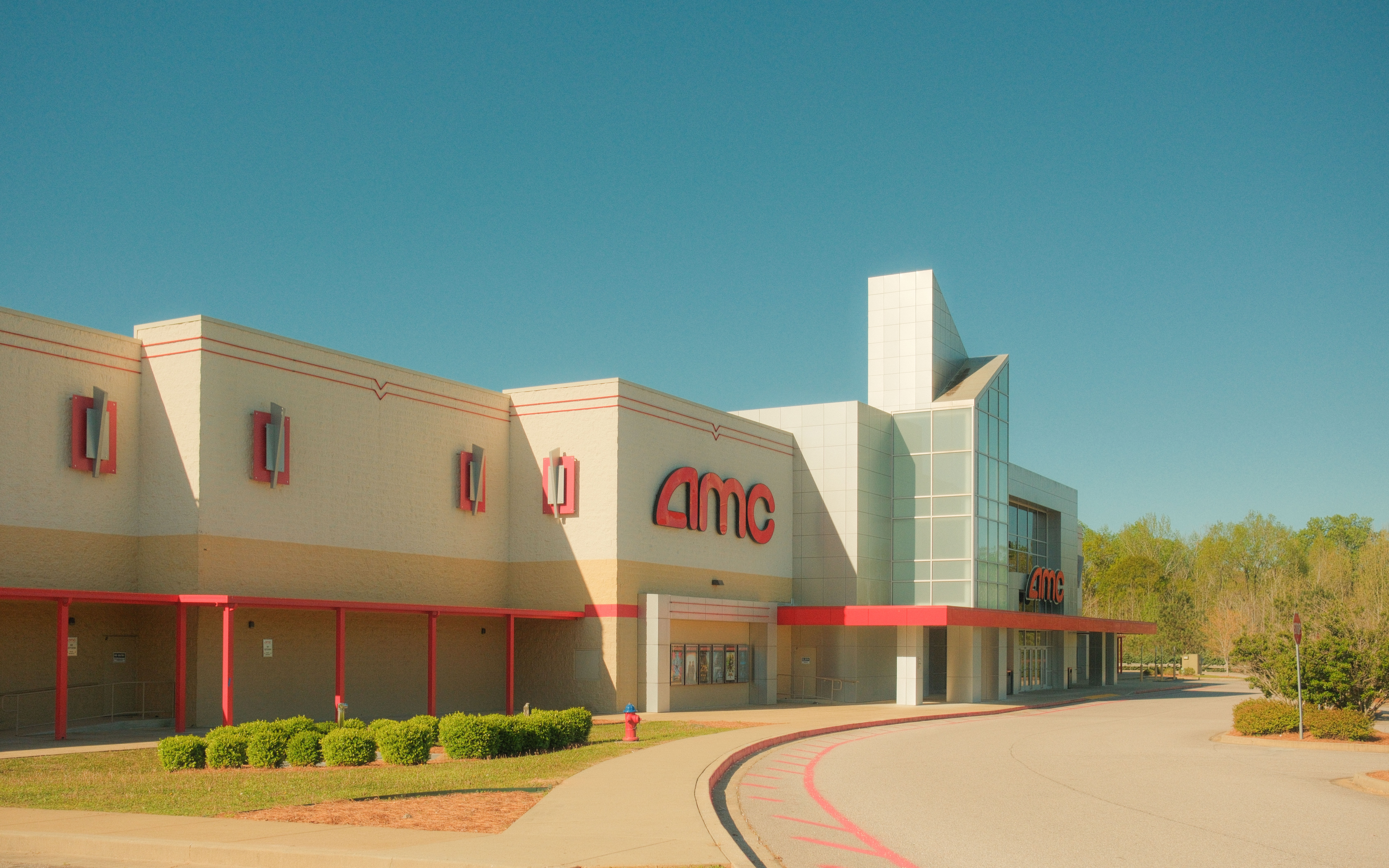One of the things I enjoy photographing is everyday normal places, but presenting them in a way that breathes a little more life into those spaces, so to speak. Scenes with super bright, hot, high-contrast lighting can be some of the most challenging times to capture an image, as they tend to accentuate harsh shadows and blown-out highlights. Thus, creating an image in such conditions, to me, is not visually pleasing unless I can balance out those highs and lows.
I’ve often heard people discuss photography with an expectation that each image must represent reality as closely as possible. My immediate thought is, “Whose reality?” Without delving into aspects of pluralism or theological debates, individuals perceive scenes differently, often through the lens of their own life experiences.
Perhaps those comments hold some truth to a certain extent, but that has never been the essence of photography from its inception. It has always been a fusion of reality and art. Consider Ansel Adams or any of the early masters. Black and white film does not mirror reality; we perceive the world in color, unless color-blindness alters that perception. No, photography, at least to me, has always been this unique blend of reality and artistry that only the medium of photography can achieve. What the photographer envisions collides with the reality before them, and an image is created.
Take the two images below. Neither image underwent significant alterations in post-processing (only a slight crop). Both were uploaded exactly as my camera captured them. The image on the left is the RAW image (what some may call “reality” in person), while the one on the right reflects what I intended to create at the time I took the shot—the SOOC JPG file, as it’s often referred to. Personally, I find the image on the left harsh and unattractive photographically, but others may prefer that aesthetic. That’s what I appreciate about photography—it’s truly a merging of reality and artistic vision that culminates in the creation of an image.


Even street photographers, capturing everyday life scenes, do so to narrate a story of a particular moment, yet we never grasp the full context because we weren’t present. Thus, what’s presented to us is the photographer’s interpretation at that precise moment in time.
Executing this in a digital realm is markedly different. There are myriad choices, endless editing possibilities, too much time spent in front of Lightroom striving to emulate the envisioned result during the initial capture. This is one reason why I returned to crafting images in-camera that closely align with my desired outcome, embracing the blend of art and reality.
It has never truly been my intention in photography to present any image as perfect reality, but rather a fusion of reality and my creative vision. With each image, I strive to convey what I envision in my mind with the reality before me. This is akin to the process of photographers who worked with film. They selected a film emulsion that would portray the desired presentation of the image—be it the vibrant hues of Fuji Velvia or the subdued tones of Provia.
Perhaps this is merely a verbose preamble to showcase the images below, but it encapsulates what was on my mind when I captured these shots. The images from that morning encapsulate what I intended to convey—an empty scene, an abandoned theater (owing to the early hour), an everyday locale, yet seen through a fresh lens. A place with architectural beauty, a dreamy vista devoid of harsh shadows and blown-out highlights.
For those familiar with Fujifilm’s realm and film simulations, these images were crafted using a Classic Chrome film sim variant called Vibrant Arizona from Fuji X Weekly. I made no alterations to the recipe because it perfectly encapsulated what I envisioned for the scene when I arrived.
AMC Theater Vibrant Arizona







